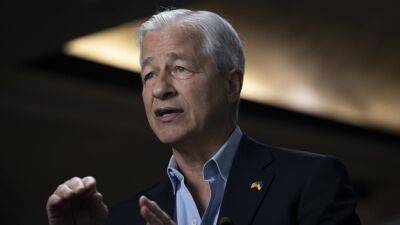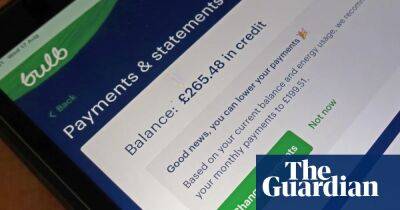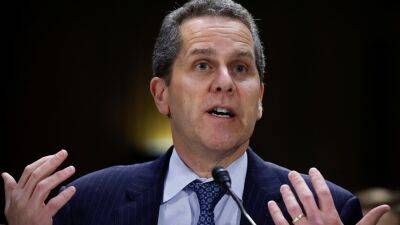It may not be 2008 all over again – but this banking turmoil is not without danger
C rashing financial markets, depositors rushing to withdraw their money, and fears over the next domino to fall. Not since the 2008 financial crisis has the global banking system appeared so fragile, as the rapid increase in interest rates used to tackle soaring inflation sends shock waves through the City.
In the turmoil of the past fortnight, the Swiss government-brokered rescue of Credit Suisse by UBS and the failure of Silicon Valley Bank has led investors on both sides of the Atlantic to ask the same question: is this 2008 all over again? How bad can it get?
The short answer from banking industry experts is “no”, arguing that problems are limited to a few troubled banks. Major lenders are in a much healthier position than 15 years ago, especially in the UK, after a steady ratcheting up of bank capital and liquidity requirements. This is not the opening scene of the Big Short. SVB is not Northern Rock for the Instagram generation.
The Bank of England reckons the UK system is safe and sound. The biggest lenders have core capital ratios – a key measure of financial strength – three times higher than before 2008, while annual stress tests suggest banks could weather an economic storm twice as strong as the last big crash.
The longer answer is more worrying. This might not be a carbon copy repeat of the 2008 collapse, but it is not entirely without danger.
Across the City, risk managers are scrambling to look again at the health of the financial firms they do business with. Who might be the next casualty? Are there risks outside of the banks? How will regulators respond?
Given this fear, uncertainty and doubt, bank shares and bonds have sold off sharply, driving up the cost of funding even for supposedly strong and stable
Read more on theguardian.com










